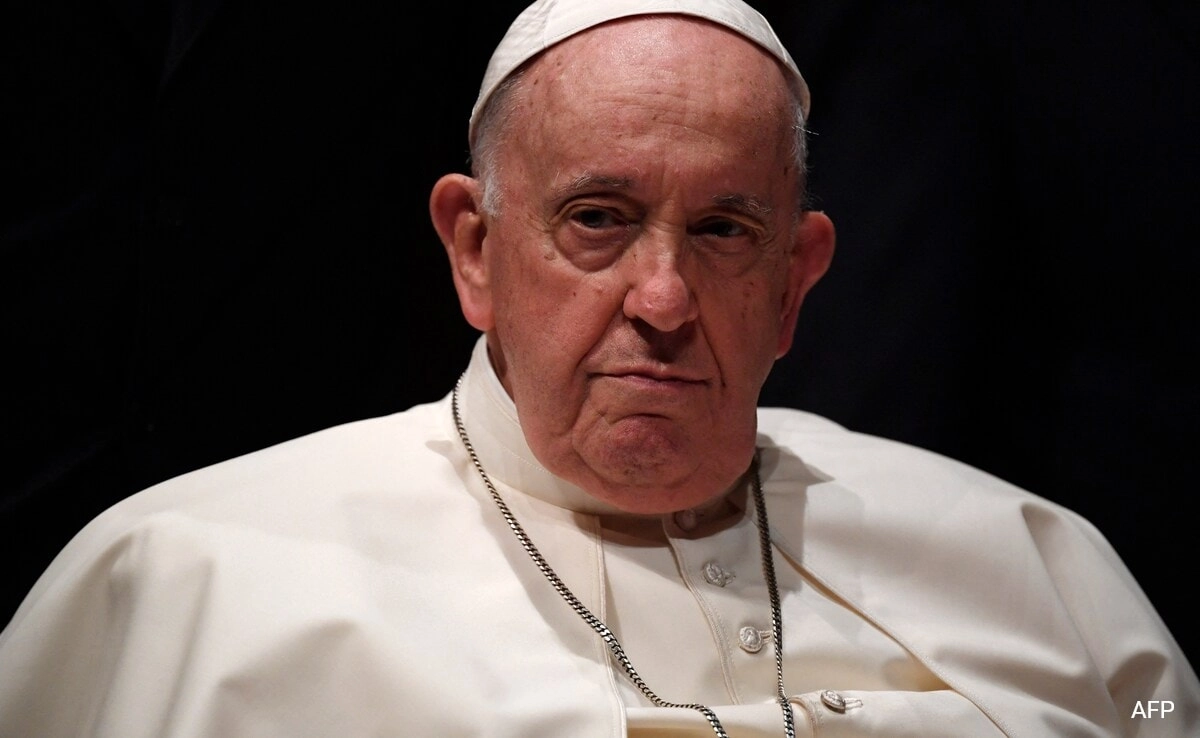The prospect of former US President Donald Trump taking on a negotiating role in international relations holds significant implications, particularly for the complex dynamics between Pakistan and Afghanistan. Trump’s unique approach to diplomacy, characterized by his direct and often unconventional style, could potentially reshape the existing power balance in the region. His previous tenure demonstrated a willingness to engage in high-stakes negotiations, often prioritizing results over traditional diplomatic protocols. Should he re-enter the negotiating arena, it is likely that both Pakistan and Afghanistan would feel compelled to align their strategies accordingly.
The geopolitical significance of Pakistan and Afghanistan cannot be overstated, as both nations are pivotal players in the broader context of South Asian security. Pakistan, with its strategic location and influence over the Taliban, plays a crucial role in Afghanistan’s stability. Conversely, Afghanistan’s security landscape is deeply intertwined with Pakistan’s policies and actions. If Trump were to assume a negotiating role, his ability to galvanize attention and resources could encourage both nations to adopt a more cooperative approach, potentially leading to a thaw in relations that have historically been fraught with tension.
Moreover, Trump’s negotiating style, which often includes leveraging economic incentives and emphasizing bilateral agreements, may resonate with leaders in both countries. This could foster an environment where dialogue replaces hostility, allowing for collaborative efforts to address pressing issues such as terrorism, trade, and regional development. The possibility of renewed dialogue under Trump’s influence could motivate both nations to reconsider their longstanding rivalries and work towards a more stable and prosperous region. In this context, Trump’s return to the negotiating table could represent not just a shift in leadership, but a transformative moment for Pakistan and Afghanistan as they navigate their complex relationship in the face of external pressures and changing global dynamics.




